The macadamia nut, usually enjoyed for its sweet flesh, is given new life by product designer Marc Harrison and takes to New York.
November 5th, 2008
In 2004, product designer Marc Harrison took an iconic Australian food and turned it into a design innovation: Husque. Using the ground-up shells of the macadamia nut, he created a material for food wares that is not only beautiful, but also sustainable and unique.
“[It] isn’t homogenised design that could have been designed anywhere,” Harrison says. “Detail makes a big difference.”
The shells of the nut, usually discarded, are now recycled – creating unique products such as bowls, serving platters and vases.
Despite initial scepticism that his design would make it internationally, after only a couple of years Husque has appeared in exhibitions worldwide – including the Powerhouse Museum in Sydney, and now the Museum of Modern Art (MoMA) in New York.
“MoMA has always been the ‘holy grail’, ever since I heard of my idols of Australian design brands like Robert Foster’s FINK, and Dinosaur Designs starring there,” he says. “I never imagined that it would happen to Husque.”
With 16 years of experience under his belt, Harrison believes the key for international success is simple: have products that are truly unique, with good marketing tactics.
“My strategy has always been to not take every opportunity that comes along, and choose wisely,” he says.
Husque
husque.com
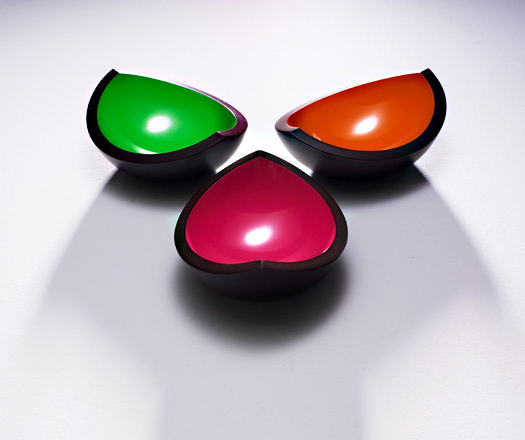
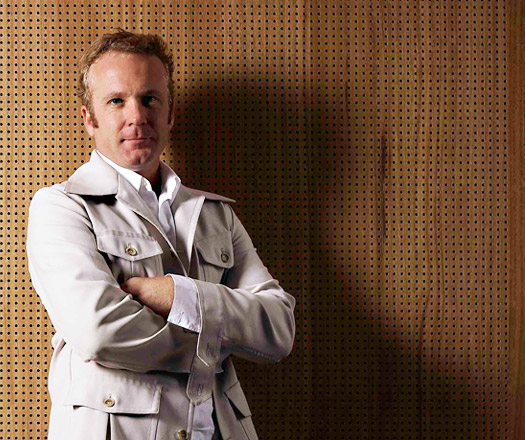
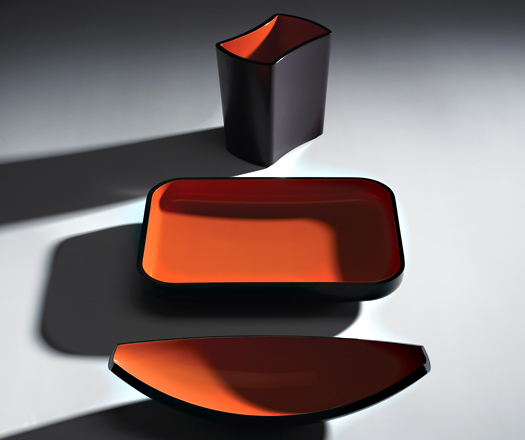
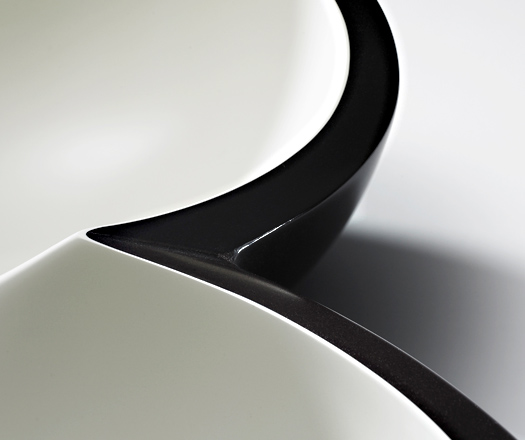
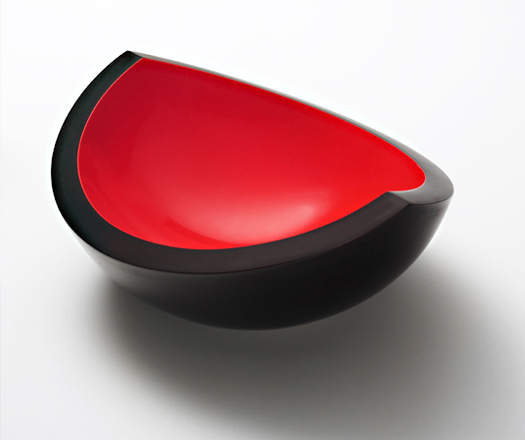
INDESIGN is on instagram
Follow @indesignlive
A searchable and comprehensive guide for specifying leading products and their suppliers
Keep up to date with the latest and greatest from our industry BFF's!
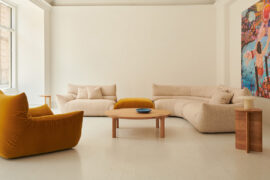
A curated exhibition in Frederiksstaden captures the spirit of Australian design

Welcomed to the Australian design scene in 2024, Kokuyo is set to redefine collaboration, bringing its unique blend of colour and function to individuals and corporations, designed to be used Any Way!

Gaggenau’s understated appliance fuses a carefully calibrated aesthetic of deliberate subtraction with an intuitive dynamism of culinary fluidity, unveiling a delightfully unrestricted spectrum of high-performing creativity.

How can design empower the individual in a workplace transforming from a place to an activity? Here, Design Director Joel Sampson reveals how prioritising human needs – including agency, privacy, pause and connection – and leveraging responsive spatial solutions like the Herman Miller Bay Work Pod is key to crafting engaging and radically inclusive hybrid environments.

A stylish soiree at Schiavello’s new showroom marks its arrival in China.

Tiny homes have been gaining popularity recently, both as a holiday home and as a way for people to enjoy a nomadic lifestyle without having to sacrifice any creature comforts. Here are some design tips to help style a tiny home interior.
The internet never sleeps! Here's the stuff you might have missed
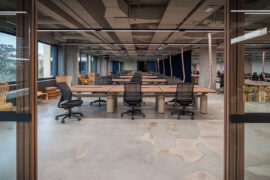
The client’s brief was clear: create an environment that honoured FIN’s heritage while embracing its future. For Intermain, that meant rejecting the idea of the corporate, “boring” office and instead leaning into a space that would inspire, connect, and surprise.

For Tilt, creating and realising a concept that resonates with people and place makes for exemplary design.